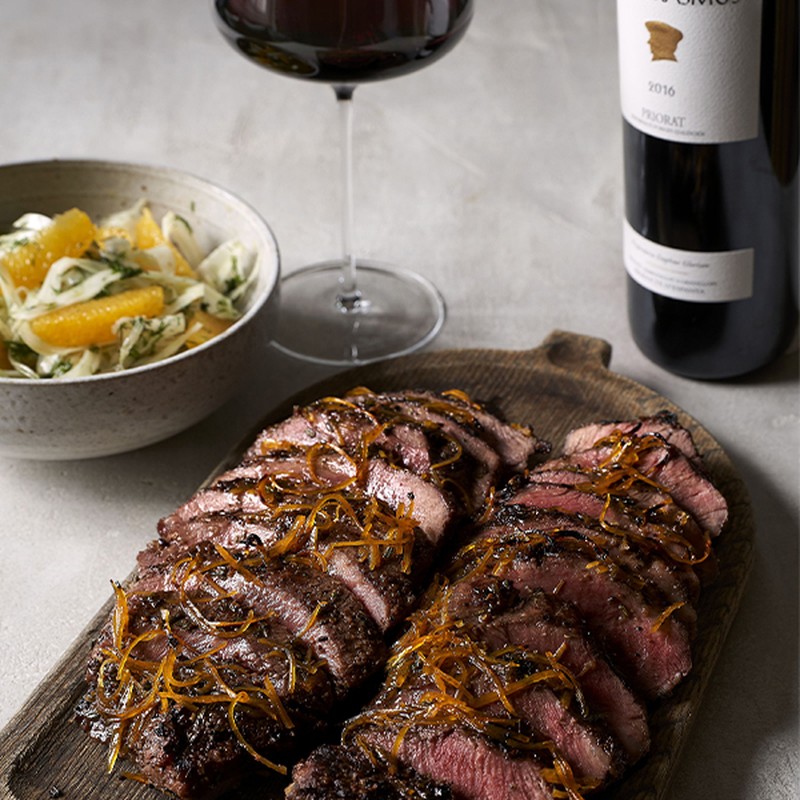A Beginners’ Guide To Wine Pairing With An Expert
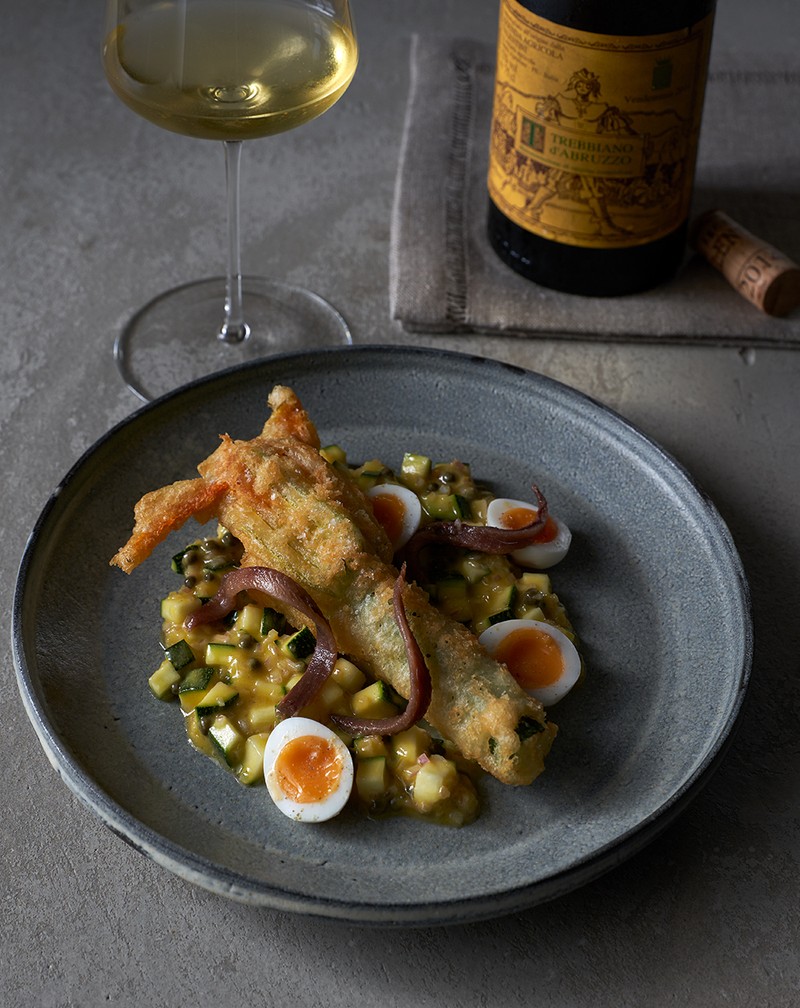
My number one tip for pairing wine with food is to drink what you like. If you hate red wine, don’t feel obliged to have it with meat. Drink what you prefer. After that, you need to consider the weight of the wine and the food. If you’re having something like a light fish dish or salad, lighter wine is best and similarly, heavy stews or shepherd’s pie or something barbequed with lots of flavour and char need something richer, darker and more tannic.
The point of wine pairing is to either compare or contrast with the food. A mature Bordeaux that has moved away from its young fruity flavours and is full of tertiary, meaty, gamey, earthy flavours will go perfectly with roast lamb, because the flavours are similar – they enhance each other. Alternatively, you could try a real contrast – if you’re eating something quite fatty and rich, going for a wine with a lot of acidity will counterbalance the fat. The contrast will cleanse the palette and prepare it for another mouthful of food.
It’s true that if it grows together, it goes together. Particularly in old world Europe, you find the style of the cuisine and the style of wine made in that area are very much in harmony. Take the vineyards at the mouth of the Loire valley – most of the wines there are white and so high in acidity they almost like a squeeze of lemon juice. The locals always pair them with oysters, seafood and shellfish taken from the nearby Atlantic. Similarly, if you’re in a place like Rioja where the food culture is mainly BBQ, outside cooking and lots of charred meat like lamb and goat, traditional reds with a lot of oak flavours are a natural choice.
Wine should always have more flavour than the food. For example, a not-very-sweet dessert wine paired with a very sweet pudding won’t taste like much. The sweetness in the pudding will overpower it, so the wine needs to be sweeter. Similarly, if you’re having a salad with a vinaigrette that’s quite acidic, you need a wine that has even more acidity, or it will just get lost.
The idea of always pairing red wine with meat is very broad. What about poultry? Or game? Anything that’s really high in protein and requires a lot of chewing, like a steak, needs a wine that’s heavy in tannins to help break it down and cleanse the palette. There’s a science to it. It doesn’t always have to be prescriptive though – we’ve got a recipe in the book for turbot poached in red wine that we serve with a light red. Pinot Noir goes surprisingly well with salmon and tuna too.
Some rules about wine pairings are total rubbish. You hear the one about red wine and chocolate a lot, but chocolate is a very heavy ingredient – if it’s dark and bitter with no sweetness to it, then maybe you can get away with having a red wine, but if it’s sweet it will strip all the fruit out of that wine and you end up with a mouthful of acid and tannin. Go for Port or Madeira instead or sweet red wines from the South of France, like Banyuls.
When it comes to pairing wine with salty food, sparkling varieties like champagne go really well – that’s generally why you serve them as an aperitif with nuts and olives. The salty foods, combined with the high acid wine, stimulate the appetite. The carbon dioxide also makes sparkling wines deliver alcohol into the bloodstream pretty quickly, which is why we tend to save them for an aperitif, instead of serving them throughout a meal.
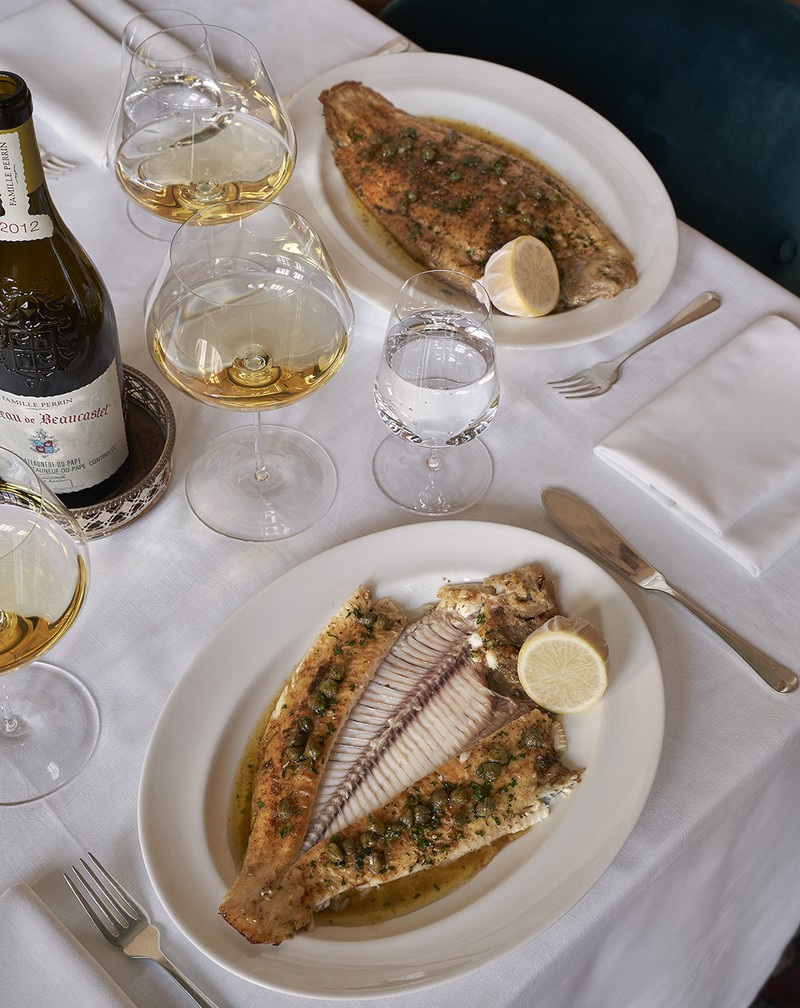

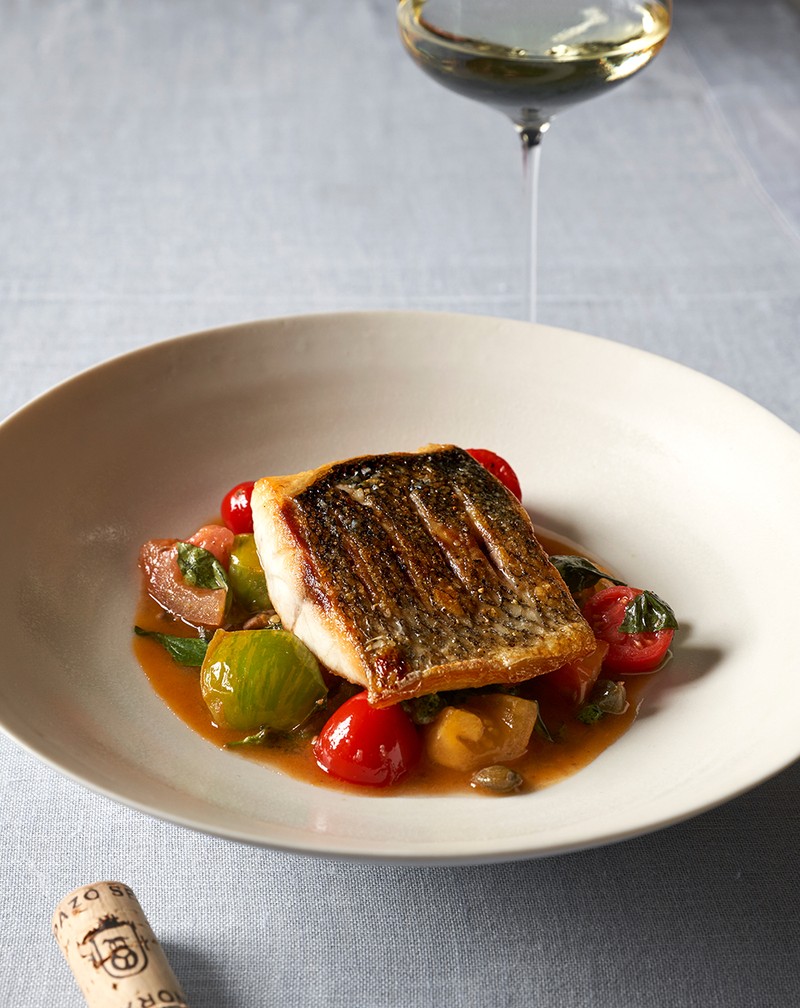
For spicy foods, you really don’t want anything too tannic and heavy. Sugar works best with spice, like a soft dry German wine, or something from Alsaz. If it’s bitter foods, like chicory or endive, a full-bodied, heavy white with some oak to it is perfect – something punchy and powerful. You need something to clear away the bitterness and allow you to taste the wine.
There are some great counterintuitive pairings out there. In the book we created spicy chicken lollipops, using a marinade with pecans, bacon, star anise, cinnamon and demerara sugar, which we roasted the chicken in. It gave it a sticky, sweet bacon, nutty flavour that went really well with Madeira.
Asian food is trickier to pair with wine as everything is served together, from meat to fish – you could be eating spicy, dry or salty all at once. You’re best to go with something neutral, a little off-dry, with a nice acidity to it – something general purpose and quite light like a New Zealand Sauvignon Blanc.
If you just want one great bottle for a dinner party, a subtle red is best, like a Pinot Noir or a Beaujolais. A red made from a grape variety like pinot noir has a nice acidity to it and won’t be too tannic, so it will go nicely with something usually served with white, while also working well with foods that are usually paired with red.
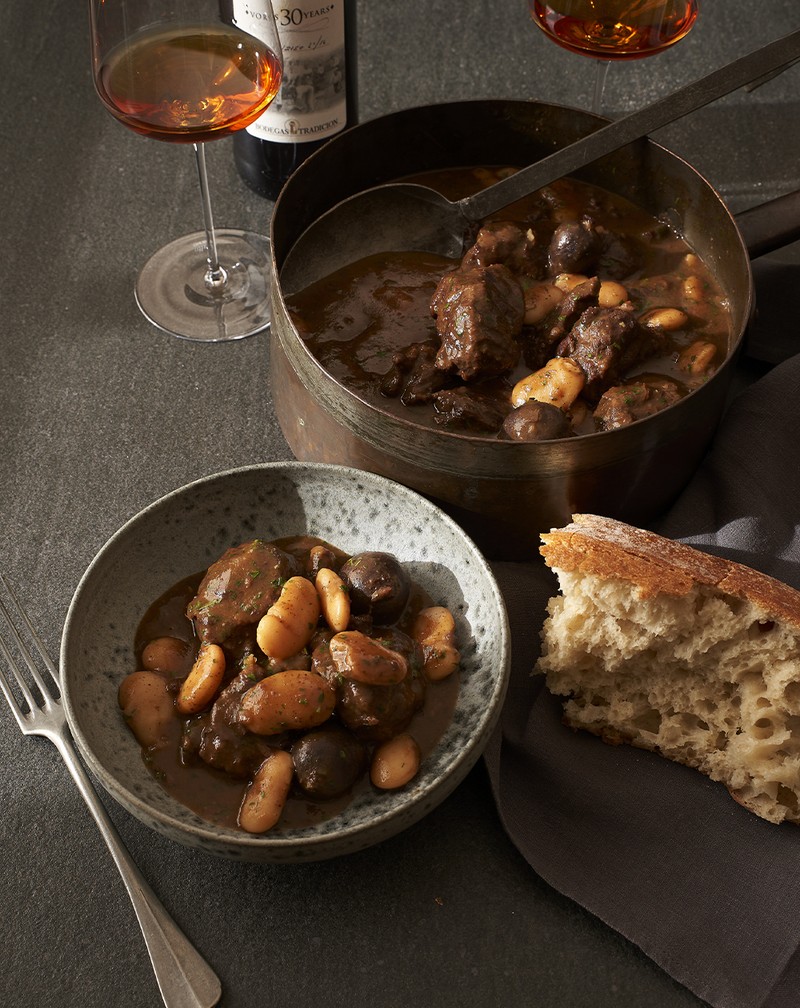
Unless you’ve got a really special bottle of something, plan the food first and choose the wine to adapt to it. When it came to writing the book, the wine came first – we chose 100 great reds and whites from all over the world, and then matched dishes with them. Some were easy because we followed the ‘if it grows together, it goes together’ policy – for example, we served a classic French moules marinière with a muscadet from the Loire valley. But when it came to new world wines from places like Chile and California, we thought a lot about the flavours and came up with balanced dishes to match.
My favourite recipes from the book are the classic ones. The Santorini white, Asertico, paired with the squid rings and Greek salads is excellent, as is the cod with chorizo and tomato served with fino sherry – it’s very evocative of Andalucia, which I really like.
Visit 67PallMall.com
DISCLAIMER: We endeavour to always credit the correct original source of every image we use. If you think a credit may be incorrect, please contact us at [email protected].
